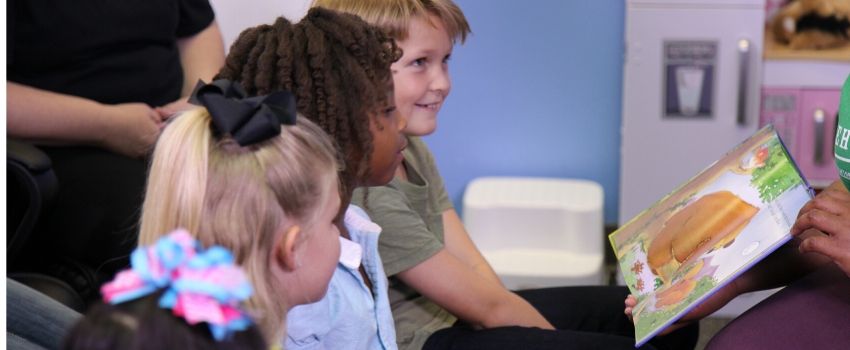Helping Children with Autism Thrive in School
It seems as if many kids with autism seem to struggle to thrive in school when placed in mainstream classes. Even if they are provided 1:1 attention and tutoring, they still seem to fall behind from the rest of their neurotypical peers.
As a service provider for children with autism, we want to see our clients make progress not only in their behavior but as well in their academic skills.
Finding The “Why” Behind A Behavior
When looking at the problematic behaviors of our students, we always start by analyzing it to figure out the function of it. The function of the behavior is found by simply asking the question, “Why are they engaging in this behavior?” Once we are sure why they are engaging in the behavior, we are able to create interventions to target and correct it.
There has been significant progress made when children with problem behaviors have interventions based on a Function-Based Assessment and when a Functional Analysis is conducted. This assessment helps us collect data and find the true reason behind the behavior.
How The “Why” Can Help Your Child Be Successful!
There has been a large amount of research done using this assessment to target social behaviors, but not much has been used to target students and helping them thrive in school.
So, let’s take these scientifically proven methods to decrease or increase specific behaviors and apply them to the classroom setting.
Five Common Reasons Why Students with Autism Fail to Thrive in School – And Tips to Help
1. They Do Not Want To Do It
Seems like a pretty straightforward answer. If we do not want to go exercise at the gym, we can simply choose to stay at home. The same concept applies to our kids. If your child does not want to complete a task; they can choose not to complete it.
Tips:
What ABA tells us is that it is the immediate consequence after the behavior is what can determine whether a behavior will increase or decrease. Although we do not want to go exercise at the gym; we are motivated to go because we have a new dress to fit into. Motivation is the key to having students complete tasks and the first thing to look at.
- Provide a reward for completing the non-preferred task. Ask your child what it is they want to work for before presenting the task and only provide it once the task is completed.
- Offer your child choices. This can be the order in which work is performed.
2. They Have Not Spent Enough Time Doing It
Increasing student engagement time is very important. Having your child complete learning trials and giving immediate feedback will increase their engagement and mastery of the skill.
Tips:
- Create an organized and consistent learning environment for them. In this environment, they can complete work as you help them through it. Provide immediate feedback on their performance. Even if their answer is wrong, always stay positive, you can say, “You are doing such a great job working on this problem, let me show you how to get the right answer.”
- Keep in mind the instructional hierarchy; modeling, prompting, and error correction.
3. They Have Not Had Enough Help To Do The Task
Asking for help is a skill that needs to be taught. Teach your child to ask for help when a task is too difficult for them – it can help decrease problem behavior.
Tips:
- Provide verbal praise and immediate help when your child asks for it
- If they engage in inappropriate behaviors when needing help, have them ask you nicely before assisting them
4. They have not had to do it that way before
Examining the instructional materials being used to teach your child a skill is very important. If a child is not grasping a concept, try teaching it in a different way.
Tips:
- Use visuals and manipulatives when teaching math skills.
- Chunk sections when reading and answering comprehension questions.
- If it is a multi-step problem, figure out which step they are having trouble with and practice that step.
5. It is too hard
Sometimes we need to make modifications in our child’s work for them to be successful. In a classroom, you have students with different levels, but finding the perfect level for your child that is not too easy and not too hard is key.
Tip:
- Chunk material or have your child focus on one problem at a time.
- Teach one step at a time until they have mastered that step.
Everyone wants their child with autism to succeed in school, but resources can be limited. When a new problem arises with your child always think back and assess, “Why is this behavior happening?” Behavior is a way of communicating and when you figure out exactly what your child is trying to say, you can better help them thrive in school!

LISSETTE ESPINOZA
Title: BCBA and Instructional Coordinator
Lissette holds a teaching certification in Early Childhood through 6th-grade education and a Special Education certification in Early Childhood through 12th grade. Lissette started her career teaching career in 2012 and has six years of teaching experience in a Life Skills class. She taught all subject areas, facilitated social inclusion clubs at her campus, and was awarded First Year Teacher of the Year in 2014. She currently serves Grand Oak Academy as a BCBA and Instructional Coordinator, where she trains teachers and oversees the classroom curriculum.











